I was visiting my family for the holidays several years ago when my niece casually starting talking about her ” Blog”. She commented eloquently for some time about blogging and followers and all sorts of puzzling things. At the time, I didn’t have the slightest clue what a blog was. Having graduated college as well as graduate school and considering myself well educated I was embarrassed to admit that “Blog” was a word I didn’t know. To me it was some mysterious word, with origins on the internet, familiar only too hip, with it, young people unlike myself. After a few uncomfortable moments, the conversation politely moved on to other subjects, and the nervousness associated with being exposed as ignorant soon abated. On the drive home I resolved that I would never be caught so unhip and uninformed again. I would thrust myself into the internet world of the young and become a blogger myself. As a wildlife photographer, blogging about a subject I knew and liked seemed as though it would be as easy as falling off a log. Little did I know what I was getting into. Wildlife Photography blogging is challenging but fun at the same time.
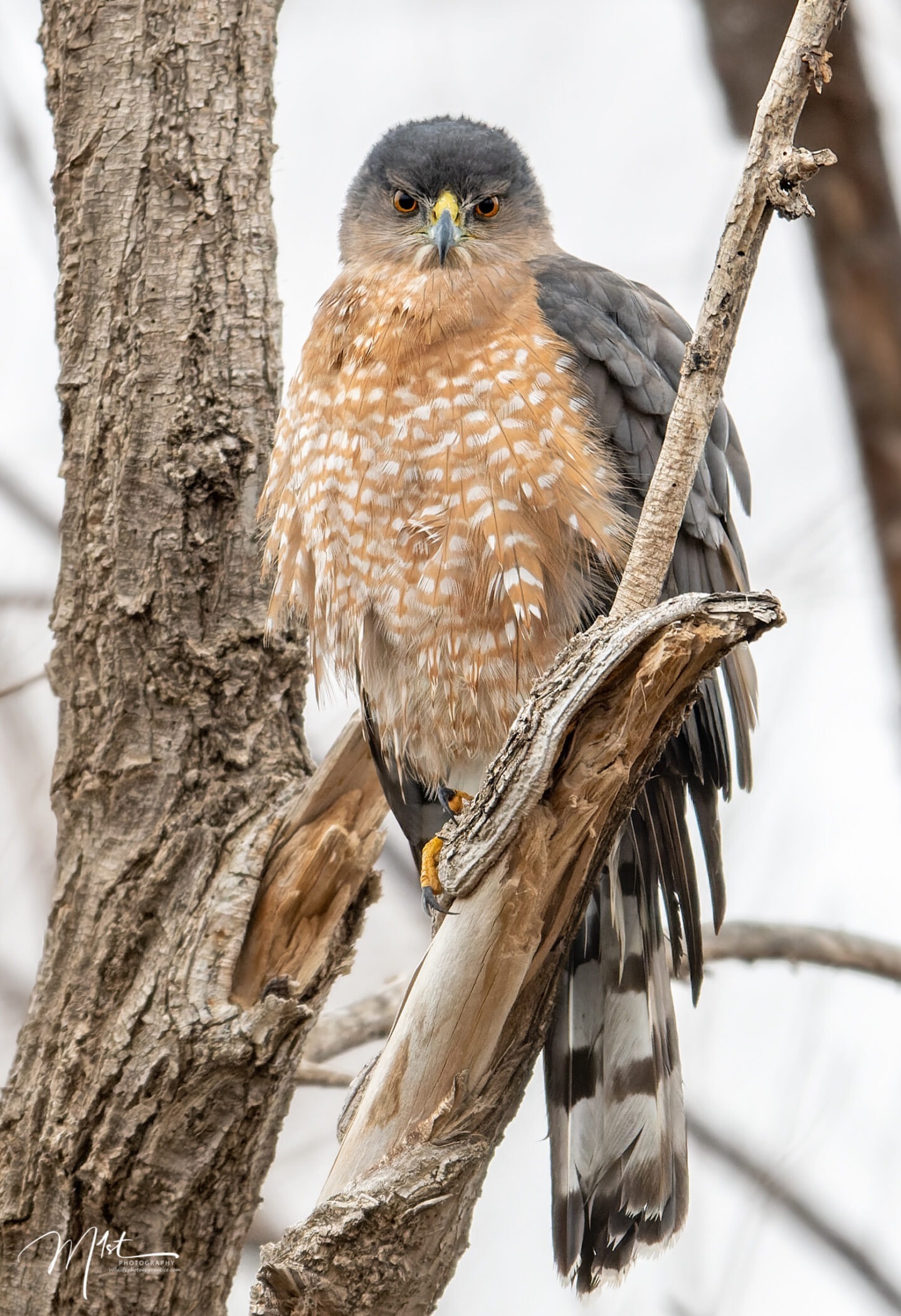
A blog is defined as a regularly updated website or web page, typically one run by an individual or small group, that is written in an informal or conversational style. Never being one to shy away from a new project I began to explore what would be needed to become a blogger. Much like most of the new hobbies I’ve undertaken, each rock I turned over led to another rock to be overturned. Before you can become an Internet Wildlife Photography blogging sensation it seems you must first become an IT specialist and start a website. Good lord, I thought to myself, what would that involve?
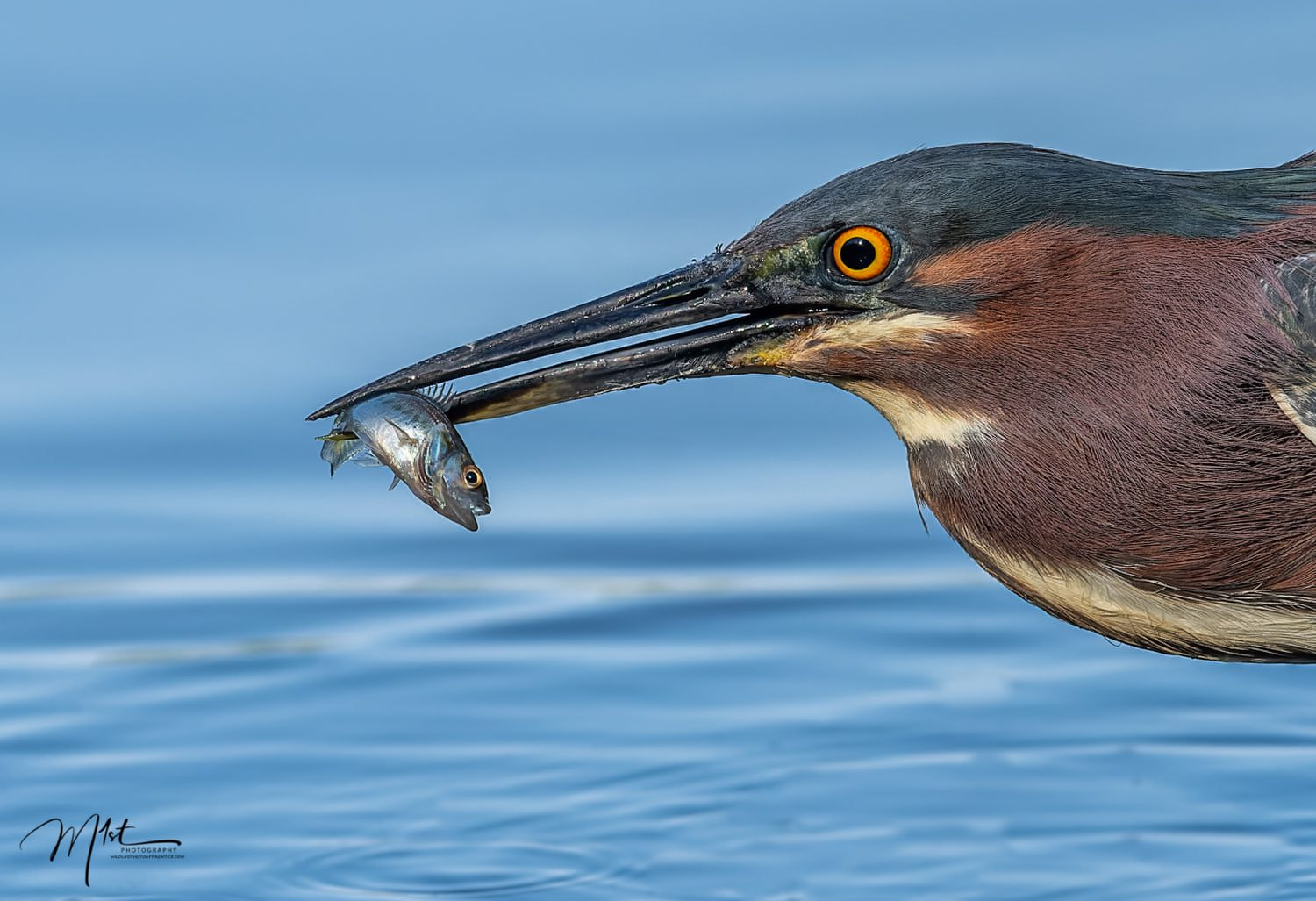
Starting a successful Wildlife Photography blogging website is a journey. Careful consideration and planning must be given to every step. If you’re reading this blog entry then something must have been done correctly on my part, but it’s much more likely that no one will read this but me. For that reason, make sure you enjoy the process and my recommendation is, don’t do it for anyone but yourself. Every journey begins with a first step, and this one is no different. The first step in this journey is to choose a domain name. A domain name is your website name. This name is the address where Internet users can access your website. A domain name is used for finding and identifying computers on the internet. This is your identity on the internet. “HereIam.com” so to speak. If it’s not interesting, specific, and captivating then the eloquent pros that you spew forth onto its pages will languish unnoticed and unread for as long as your blog exists. It must instantly convey to anyone searching the internet that this is a site bursting with the useful information they are searching for. Once you find the perfect domain name you must buy and register it in order to make it your own. It’s quite possible that after expending significant time, clever thinking, and hard work, someone else was just as hard-working and clever as you were. You might find your perfect domain name has already been registered by another person. If that’s the case then it’s back to the drawing board and try, try again.
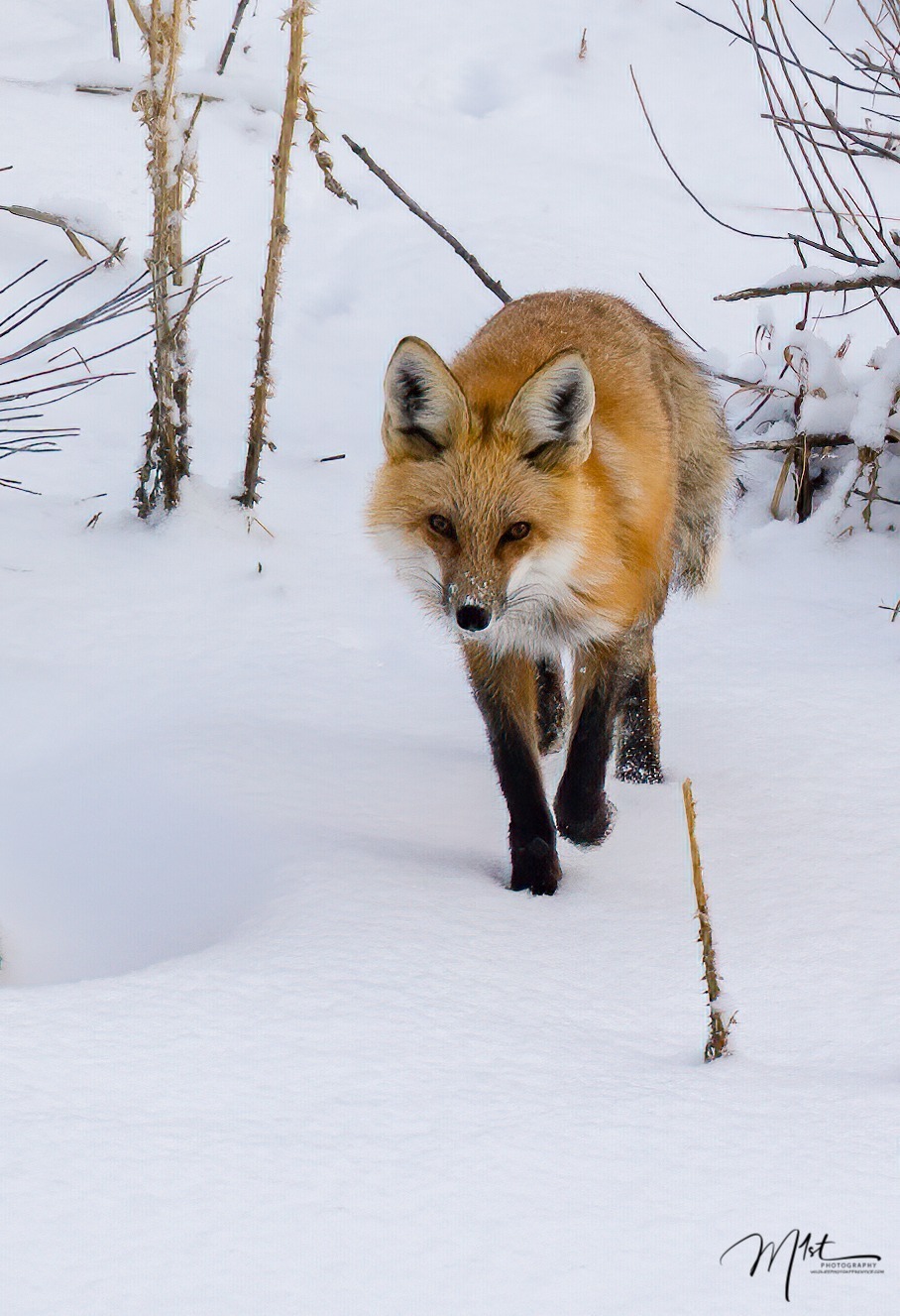
In order to register, or buy, your carefully chosen, perfect domain name, you will need a Hosting company. An internet hosting service is a service that runs Internet servers, allowing organizations and individuals to serve content to the internet. Everyone by now has seen a GoDaddy commercial. GoDaddy is a hosting company. There are many more. Without a hosting company, your website will not be visible to people searching on the internet. The typical hosting company will charge separate fees for both domain purchase as well as hosting. You may choose to purchase a domain and never use it. In the early days of the internet, enterprising entrepreneurs bought up many company-related domain names such as cocacola.com and later sold them to the actual companies for large sums of money. If you’re looking for that obvious domain name like wildlifephotographer.com, it’s long since gone. You’ll have to be creative. Typically you own the domain name as long as you renew it regularly and pay for it. Being the capitalist society that we are there are domains of the same name with different addresses, such as .com, .org, .edu. Each must be bought and paid for individually. Upon securing your domain you need to purchase hosting in order for your domain to be visible to others on the internet. Hosting occurs at different levels and prices depending on how much content you plan to post and how many websites you have. For my website hosting, I chose a company called InMotion hosting. They can be found at https://www.inmotionhosting.com/. I have been very happy with the choice.
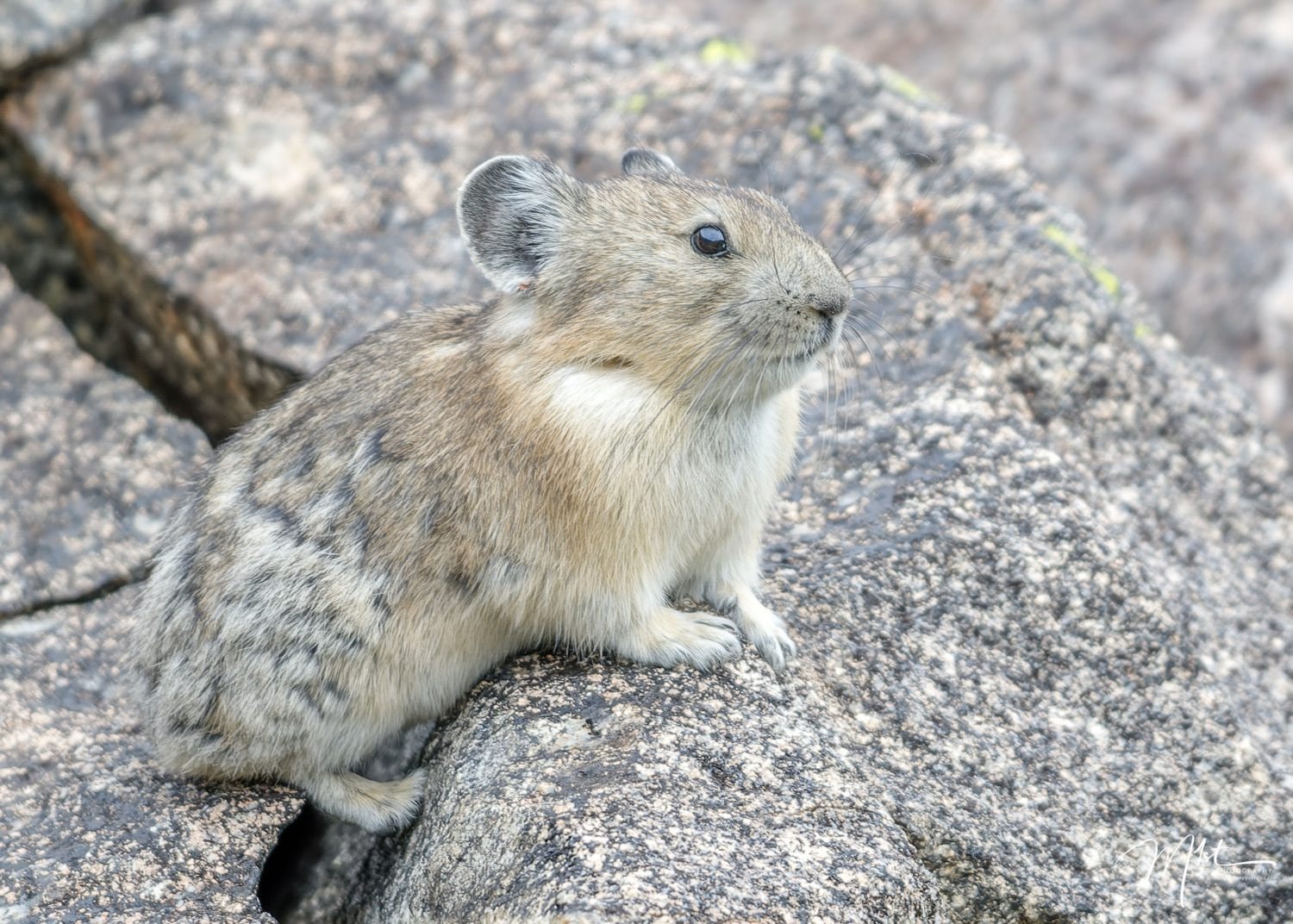
Prior to proceeding further, it would be wise for any Wildlife Photography blogger to become familiar with a whole host of terms used by internet blogging aficionados. The vocabulary of website builders is as complicated as it is unique. Understanding it upfront will make your journey into blogdom much easier and less frustrating. Searching and reading as many websites as you can about this process before you actually begin is helpful. Terms like SEO, plug-ins, DNS, PHP, APACHE, and C-Panel will become quite familiar to you before you are done. Some basic understanding of how the internet works is also helpful. There are multiple tutorials available through most hosting companies to help guide you through the process.
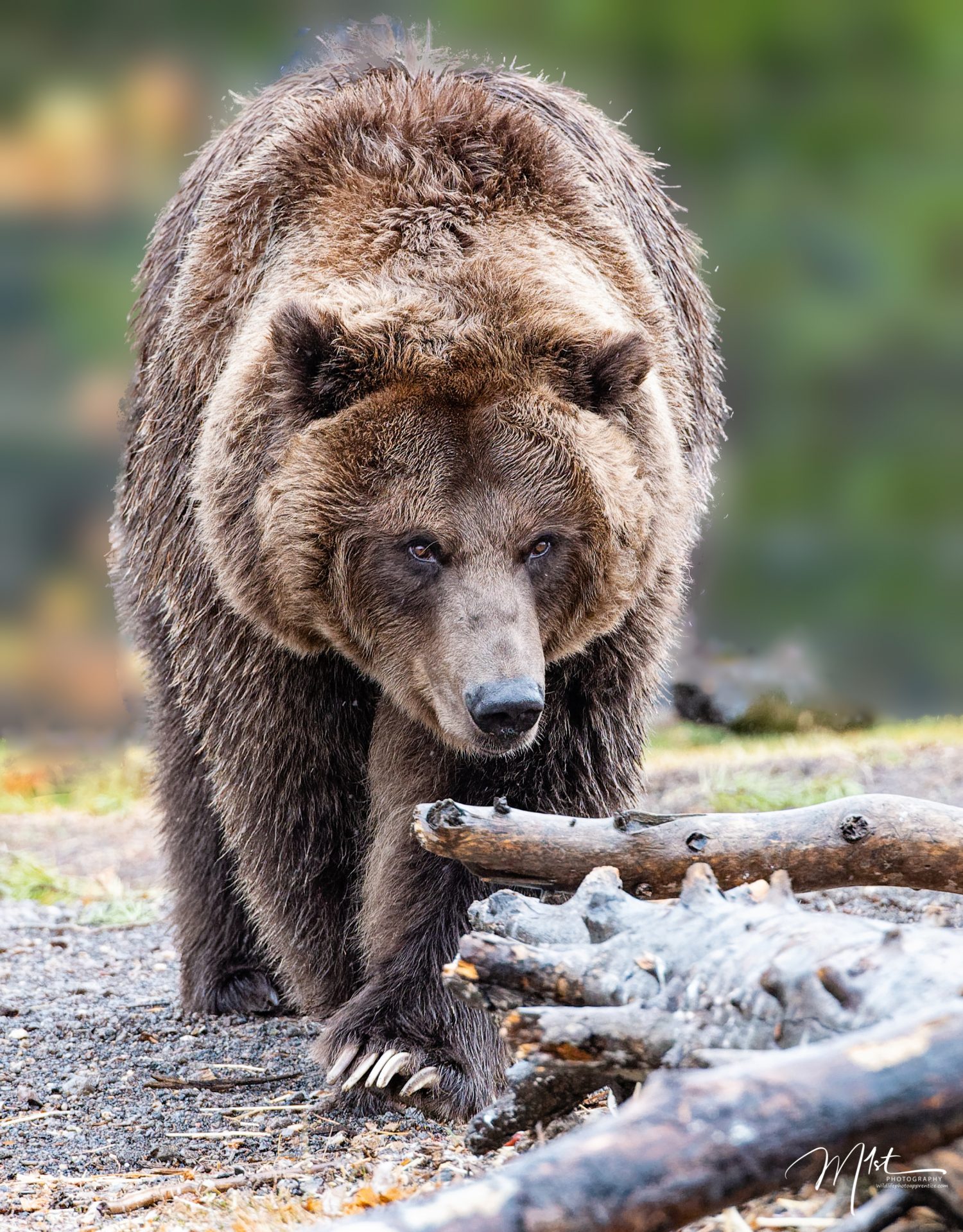
You’ve bought a domain, you’ve got it hosted to the internet, now you can begin to structure your website and begin to add and create content. WordPress is a free and open-source content management system used to build websites mainly for blogging. It will be available from whatever hosting company you choose. It is by far the most popular and commonly used software for building a blogging website. Within WordPress, there are multiple themes, widgets, and plug-ins that you use to construct and add personality to your website. WordPress is also used to do the very writing, or Wildlife Photography blogging, which was the reason for starting this process in the first place. You can add photos, videos, and links to other websites to enhance to usefulness and versatility of your blog. Content, the things you write and put on your site such as photos or videos are the lifeblood of your blog. Without interesting and captivating content your site will not attract viewers and will be cast adrift on a vast sea of information on the internet never to be read. Continuously adding and updating the content will be the most challenging task. The more “fresh” your website is then the more highly Google and other search engines and internet bots will pay attention to and rank your site. You can drive traffic to your site by posting your work in photography forums and on Facebook with links to your site. If people find your work interesting they will check out and “click” on your web page. Clicks represent eyes looking at your site. Get enough looks and you might just interest a camera company in paying you to post an ad, or better yet give you a camera to test and blog about. As bloggers say, it’s all about clicks.
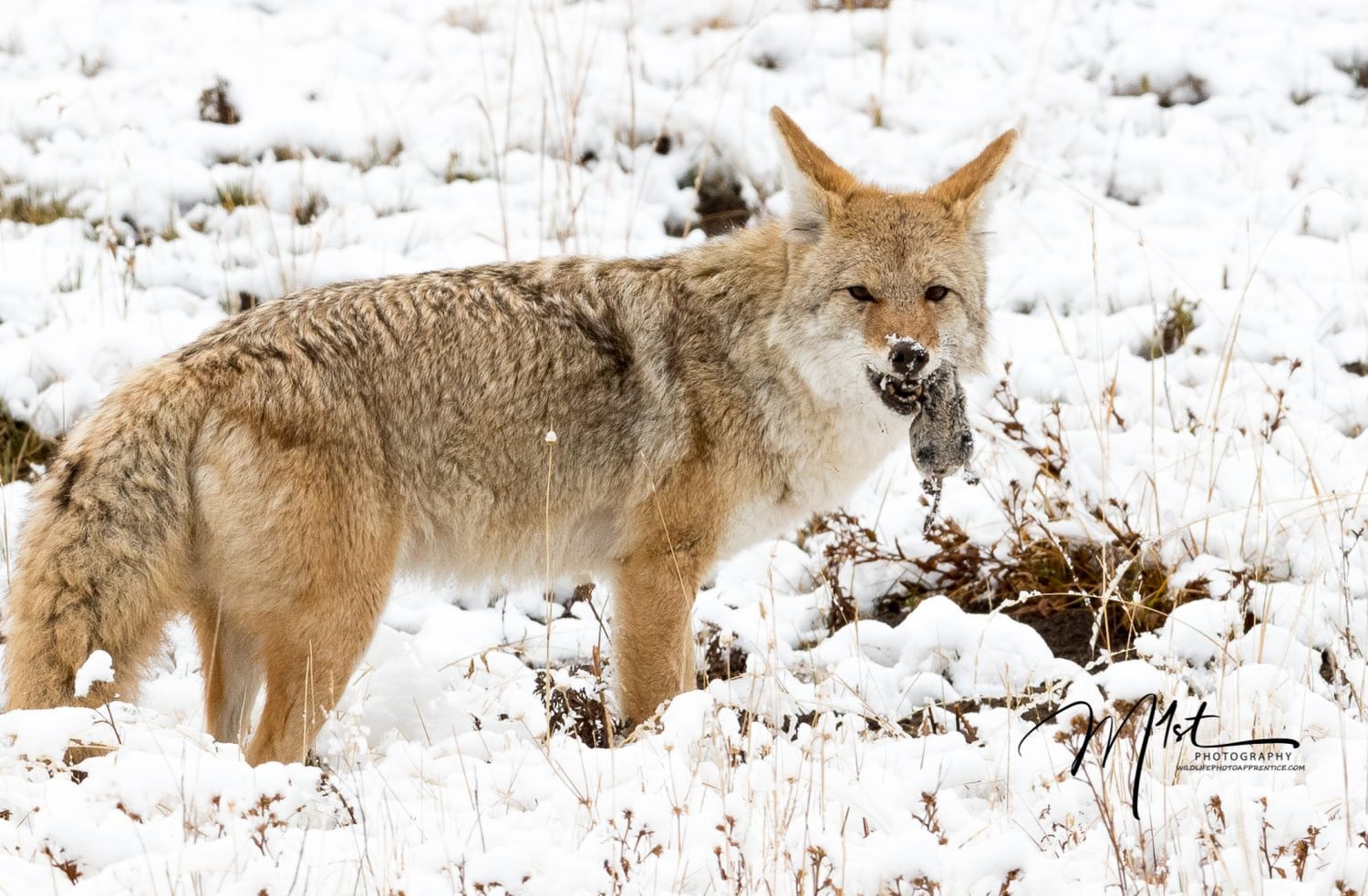
To sum things up, to begin a Wildlife Photography blog website, start by selecting a niche or topic you’re passionate about that aligns with your expertise. Then, choose a blogging platform, such as WordPress or Blogger, and register a domain name that reflects your brand. Afterward, select a reliable web hosting service to ensure your site is accessible. Install and set up your blogging platform, then choose a visually appealing theme or template. Customize the design and layout to match your brand identity. Once the technical setup is complete, plan your content strategy, focusing on topics that will engage your target audience. Regularly create and publish high-quality posts, and optimize them for search engines (SEO) to increase visibility. Lastly, you need to promote your blog on social media and engage with your readers to build a loyal following.
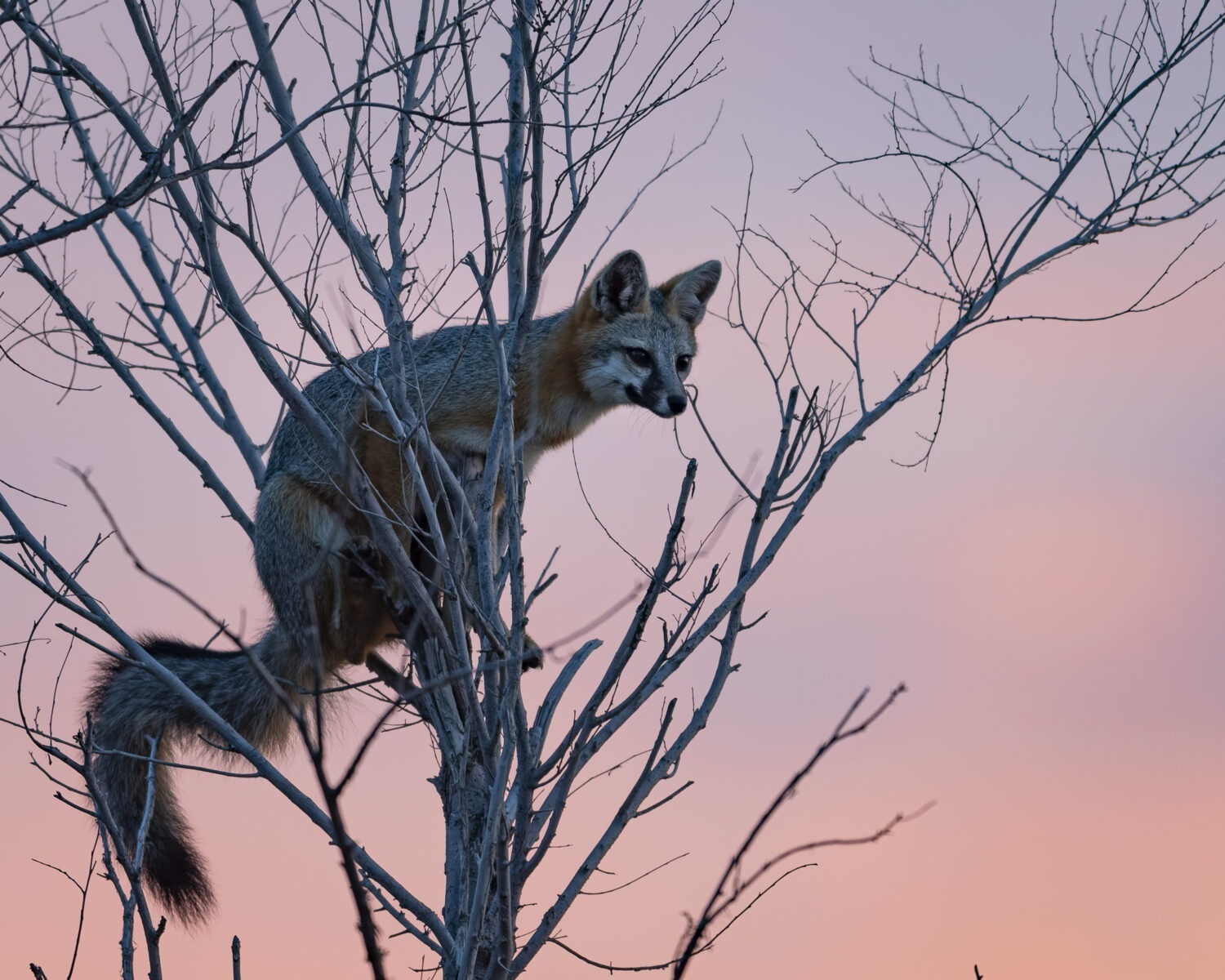
Becoming a blogger, admittedly an unknown blogger has been a fun and interesting journey. I have learned about a complex and fascinating world that I previously did not know existed. If you’re a photographer, then you already spend a significant amount of time in front of a computer editing your photos, so consider spending a little more time starting a website and blog. As a photographer, you have a creative nature and experience interesting things and places while pursuing your hobby. By becoming a blogger you allow others to better understand the hobby we love and give insight, enlightening them as they start their own journey into our hobby. Strangely enough, the entire process has given me respect for people, who I would otherwise have felt were worthless, like Kim Kardashian. These internet sensations have millions of followers on their various platforms. Don’t kid yourself, in order to attract that number of followers, keep them coming back regularly, and monetize a website takes almost constant attention and hard work. It’s no small feat. After three years of building and managing two websites and writing over 30 blog posts, I continue to learn and enjoy the process. The best part is that at our family gatherings, we now have two hip, with it, bloggers.
